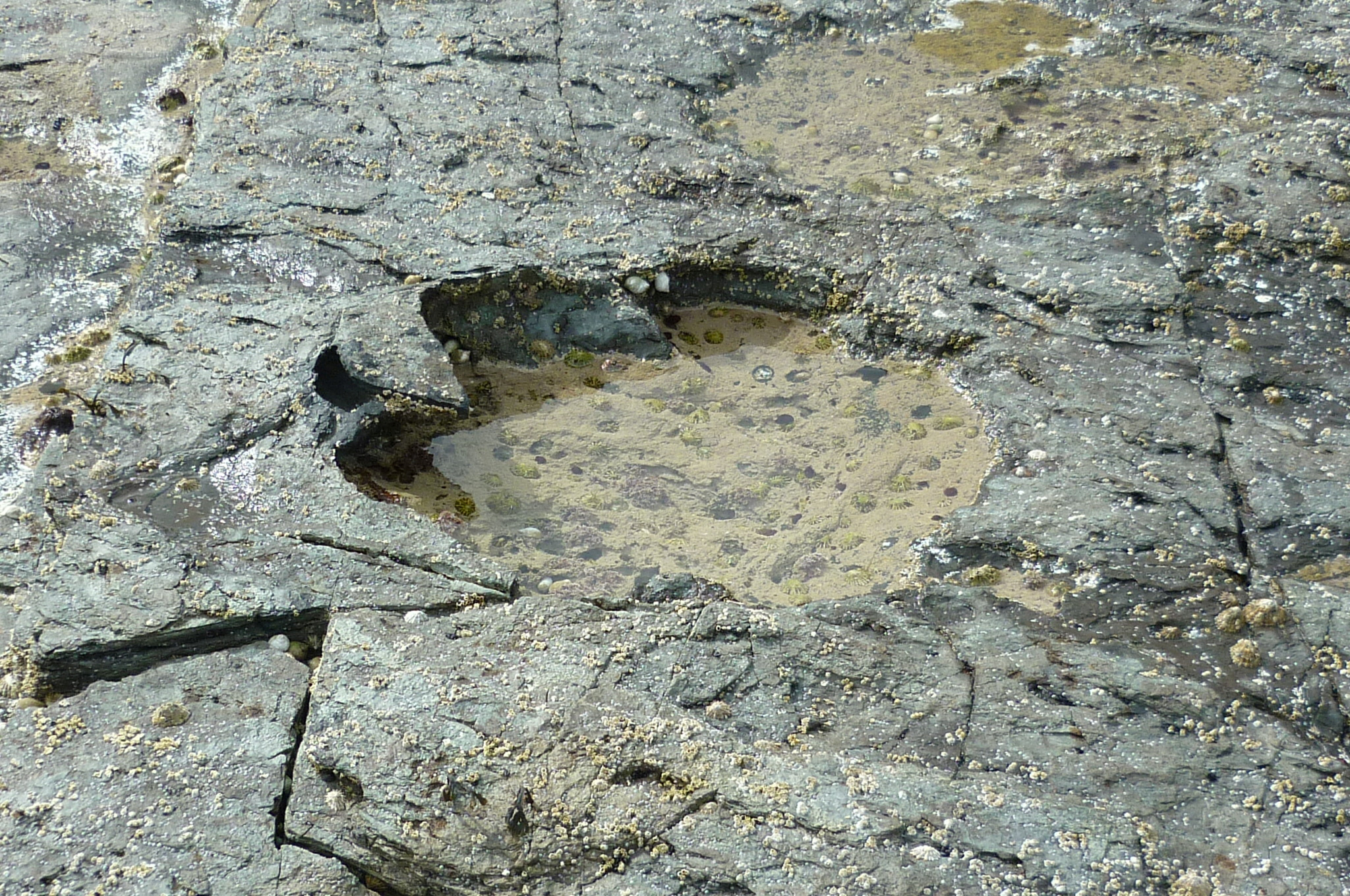If you’ve ever wished Jurassic Park was real, taking a trip to Scotland may be the next best thing.
Scientists have discovered ancient dinosaur tracks on the Isle of Skye in Scotland dating back to the Middle Jurassic period.
The discovery of dozens of dino footprints that are about 170 million years old holds international significance because fossils from the Middle Jurassic era are few and far between, according to the University of Edinburgh, one of three academic institutions which helped produce the study. The Middle Jurassic era was “an important period in dinosaur evolution,” the University explains on its website.
Finding the giant fossilized prints was also a win because scientists were able to identify two kinds of dinosaurs based on the tracks — sauropods and therapods. A majority of the prints were made by long-necked sauropods — cousins of the Brontosaurus — as well as the therapods, which are cousins of the Tyrannosaurus rex, according to the University.
“The more we look on the Isle of Skye, the more dinosaur footprints we find,” Dr. Steve Brusatte of the University of Edinburgh explained on the school’s website. “This new site records two different types of dinosaurs — long-necked cousins of Brontosaurus and sharp-toothed cousins of T. rex — hanging around a shallow lagoon, back when Scotland was much warmer and dinosaurs were beginning their march to global dominance.”

Although “tidal conditions, the impact of weathering and changes to the landscape” made the two dinosaur trackways hard to identify, scientists were able to use clues like “shape and orientation of the toes” and whether or not the prints had claws to differentiate between the kinds of dinosaurs that walked on the island hundreds of millions of years ago, according to the University of Edinburgh’s website.
The approximately 50 footprints were found on a peninsula on the northeast coast of the Isle of Skye, where researchers used a combination of drone footage and software to create models of the fossilized tracks.
The study was led by University of Edinburgh master’s candidate Paige dePolo, with the Staffin Museum and Chinese Academy of Sciences also helping to carry out the research, which was was published by the Scottish Journal of Geology.
More Must-Reads from TIME
- Donald Trump Is TIME's 2024 Person of the Year
- Why We Chose Trump as Person of the Year
- Is Intermittent Fasting Good or Bad for You?
- The 100 Must-Read Books of 2024
- The 20 Best Christmas TV Episodes
- Column: If Optimism Feels Ridiculous Now, Try Hope
- The Future of Climate Action Is Trade Policy
- Merle Bombardieri Is Helping People Make the Baby Decision
Contact us at letters@time.com